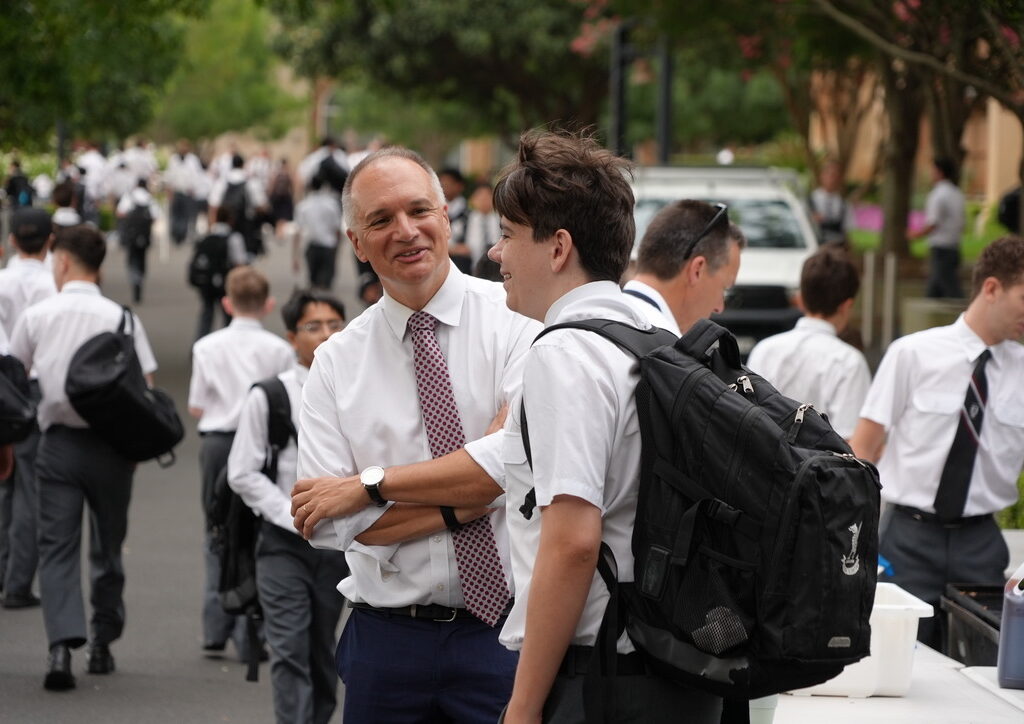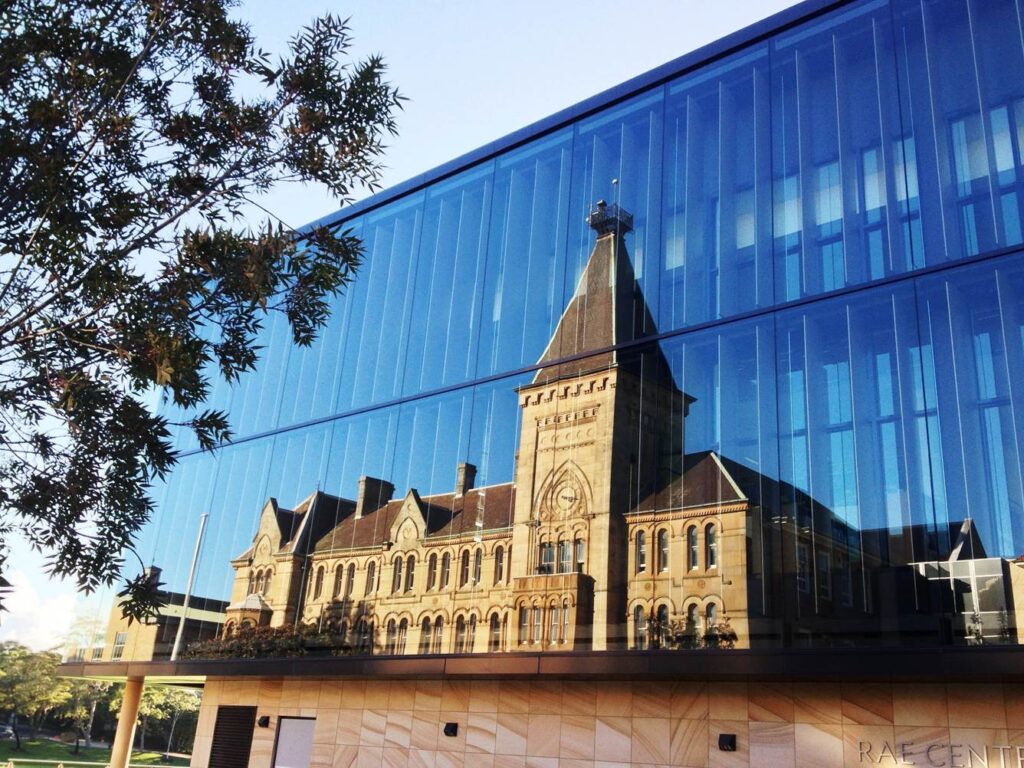Inspired minds – curiosity and awe
You may have heard the comparison between the number of stars in the universe and the grains of sand on a beach. I used it at assembly this week and was able to give it a ‘summer-holiday’ vibe too.
Here it is again: imagine scooping up a handful of sand. That is not the number of stars in the universe. Imagine putting scoopful after scoopful of sand in a bucket. That’s not the number of stars in the universe either. Now imagine looking all the way up and down the beach. Even that’s not the number of stars in the universe. You have to imagine every grain of sand on every beach on planet earth to get close to the number of stars in the galaxies.
This is curiosity and wonder on rocket fuel. If you allow it to, you can get an almost physical sensation – like your head is spinning and the air has become thinner – as if someone has pulled a rug out from under your mind.
This is awe.
Johann Hari wrote recently in his book Stolen Focus: Why You Can’t Pay Attention – and How to Think Deeply Again, ‘Children’s schooling has changed so it now focuses almost entirely on preparing them for high-stress testing, with very little space for nurturing their curiosity.’ Not us. Curiosity is the very first feature of the ‘Inspired Minds’ in the Wyvern. And wonder and awe are the strongest expressions of it.
Awe is not just about the deepest mysteries of the universe either. It can be about human achievement or endurance. How did Andy Murray, at the age of 35 with a metal knee, play almost six hours of white knuckle tennis and return serves of up to 220 kilometres an hour, until 4am at the Australian Open?
It can be about human bravery, compassion, or danger – whether it is Mother Teresa, Nelson Mandela or the young people risking their lives in the protests in Iran.
It can be about language, or art, or music. Last week I was able to go through all of the different subject areas at Newington with the teachers and find awe in each one of them.
Wonder and awe link to a few other ideas too. Firstly, there is the sublime, something that Edmund Burke was identifying back in the eighteenth century. It is the difference between looking at a merely pretty field (beauty) and majestic mountain range that takes your breath away (the sublime). The sublime has a feeling of grandeur and even terror associated with it. It is awe-ful. And then there is the numinous which is about having a deep, elevated profound, connection with something. It can be religious. It can be secular. It can make you wonder about the biggest questions there are.
Stirring a sense of awe in people can be a part of wellbeing too. Dacher Keltner in his book Awe, the New Science of Everyday Wonder and How it Can Transform Your Life looks at research that shows health benefits of experiencing awe, such as calming our nervous system and releasing oxytocin, the ‘feel good’ hormone. It quietens the incessant negative ‘self-talk’ in our heads (which is all about us), and expands our field of vision to the wider world instead. It can also be a tonic to the often narcissistic and shallow focus of social media.
Of course, you can’t wander around in a cloud of awe the whole time. There is work to be done, things to get on with, numbers to crunch and deadlines to meet. But just now, in the first school week of a new year, it doesn’t hurt to spend a moment contemplating all this.
Last week I asked teachers to serve up a dose of awe in their classes. Two days ago, I asked senior students on assembly to eat it up when they found it. I was delighted after assembly when I spoke with two teachers – Geography and Maths – who told me independently that their first lesson included finding the awe in their material, and that my talk would support what they were going to try and do.
I hope that you can lead your children to this sense of awe sometimes too. It doesn’t have to be a scientific theory about the nature of the universe (although they are good). It can be a sunrise when you are fishing. It can be a church or an art gallery. It can be that song you loved as a teenager that went straight through your ears and into your heart.
You can find awe in the most surprising of places. Let’s finish off, as I did with the boys, with the very deepest place of all. Just listen to your thoughts and think as you read this sentence. There. And there. And there again. Those thoughts are the same brew of atoms and chemicals as the chair you are sitting on and the screen you are looking at right now. But that consciousness of yours doesn’t feel like matter. It is profoundly, numinously, different. The greatest mystery in science and the greatest triumph of the planet, and there it is coiled up in the middle of you, pulsing steadily with each second.
There. And there. And there again.
I hope you have a great start to the year.
Michael Parker
Image: Hubble’s deep field – they are all galaxies (and just the tiniest fraction of them) made up of hundreds of billions of stars.



